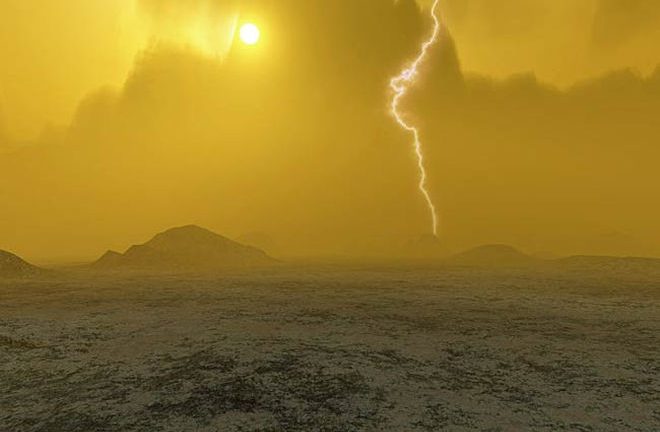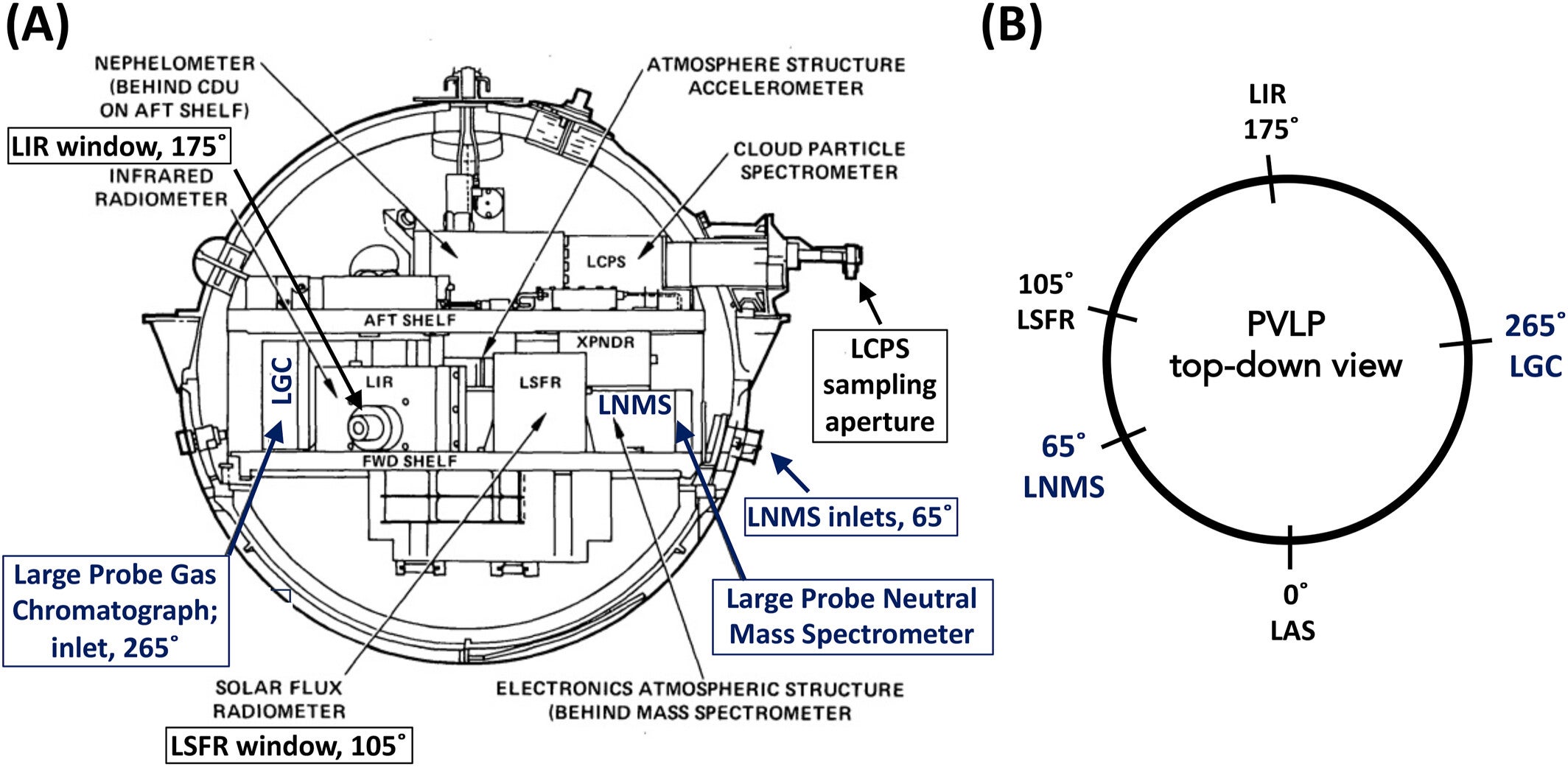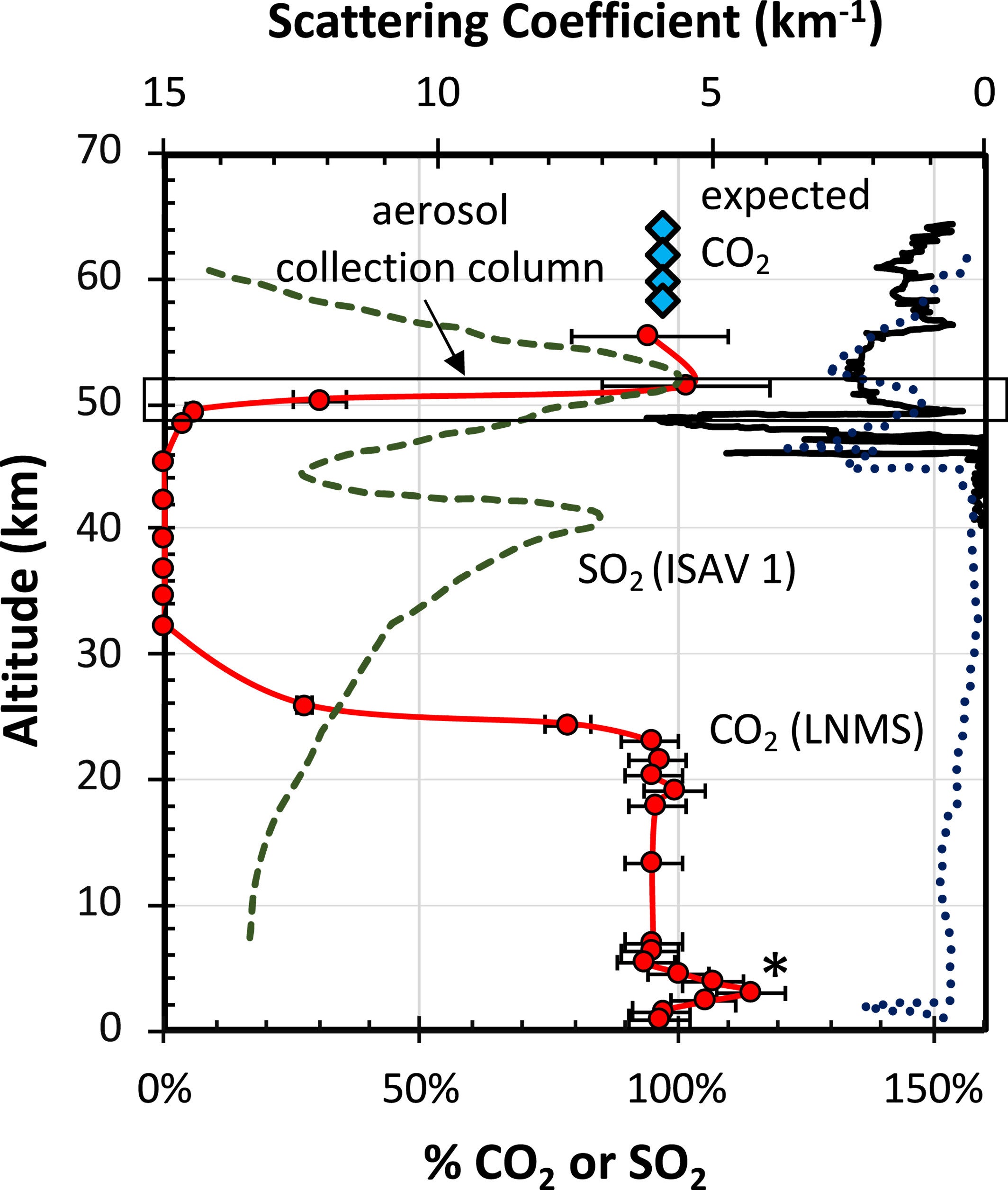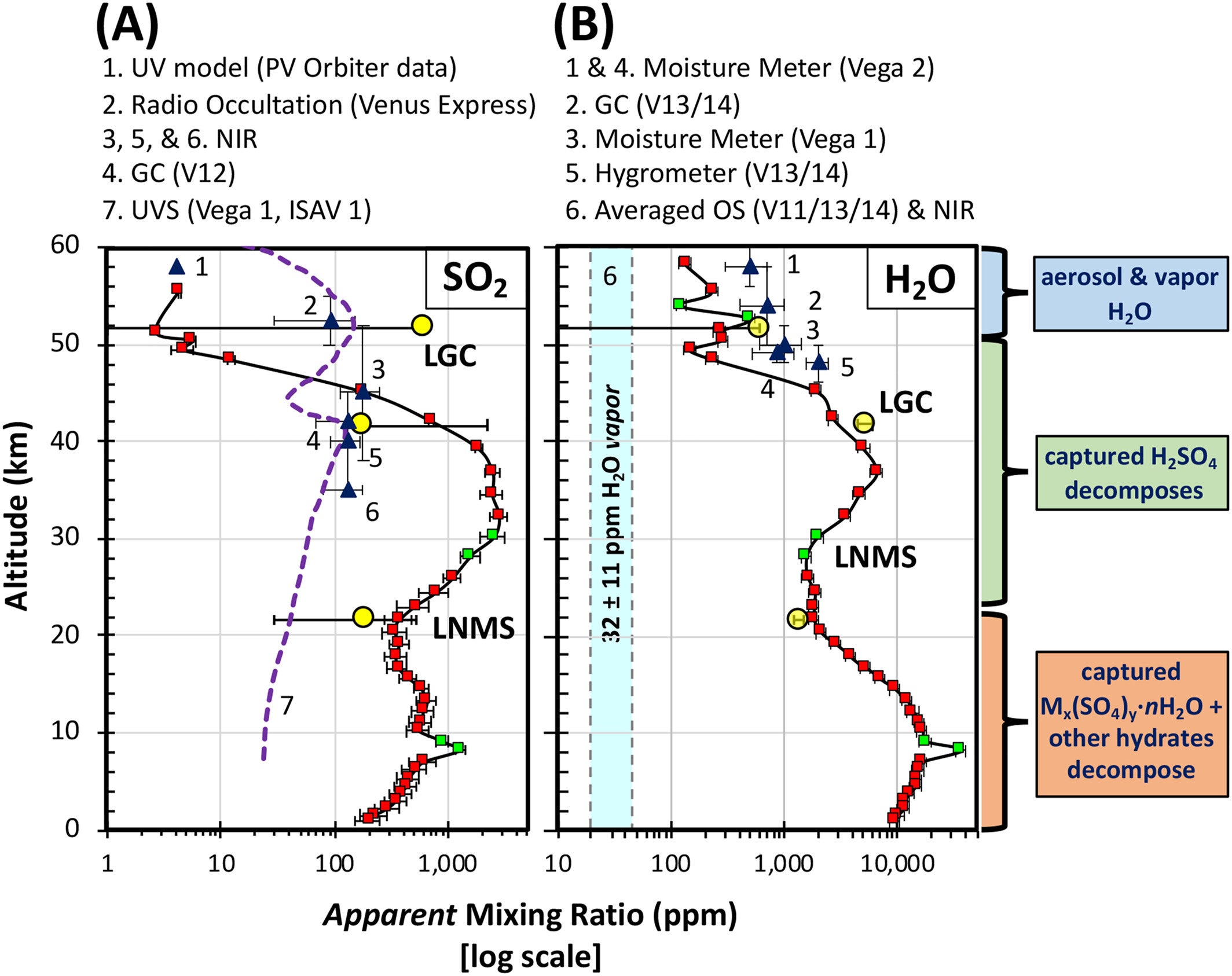Venus has long been called a dry, hellish planet veiled in clouds of liquid acid. But new study of old spacecraft data tells a different story—one that’s reshaping what scientists believed they knew about the planet’s chemistry and even its potential for life.
When NASA sent out its Pioneer Venus mission in 1978, its Large Probe plummeted into the dense, yellow atmosphere of the planet, measuring gases that whirled about it. Two onboard instruments, the Large Probe Neutral Mass Spectrometer and the Large Probe Gas Chromatograph, were intended to analyze atmospheric gases, not drops. But as it descended, the probe accidentally sucked up aerosols—liquid and solid particles as tiny as a micron floating in the clouds.
Scientists then thought those droplets were nearly pure sulfuric acid with small amounts of water. It seemed reasonable given what they knew of Venus’s boiling surface and its notoriety as a hostile world. But that reason remained unchallenged for more than 40 years—until a team of scientists decided to look again.

In 2021, chemistry and biochemistry professor Rakesh Mogul at California State Polytechnic University, Pomona, bumped into University of Wisconsin–Madison Venus scientist Sanjay S. Limaye. Their chance meeting sparked an idea: excavate the long-forgotten Pioneer Venus data on NASA microfilm. With help from NASA researcher Michael J. Way and planetary scientist Mikhail Yu at Arizona State University. Zolotov, the group discovered the outdated records and started what would turn out to be a revolutionary reanalysis.
Their research reexamines 1978 data using a modern technique known as “evolved gas analysis.” Essentially, the researchers were curious: which gases did aerosols release as the probe’s instruments warmed them up during their descent? The answer was far more water-y—and iron-y—than anyone ever anticipated.
The new study found that Venusian cloud aerosols are not just sulfuric acid but also water, iron sulfate, and sulfuric acid. According to the team’s calculation, water makes up approximately 60 percent of the mass of these droplets, followed by iron sulfate and sulfuric acid at approximately 20 percent each.
That puts water as the dominant component of the clouds of Venus—a revelation on a planet previously thought to have been as dry as a bone. Much of that water, the researchers say, is locked up chemically in hydrates, substances where molecules of water are contained within a crystallike structure. They could be things like hydrated ferric sulfate and hydrated magnesium sulfate, compounds that release water when warmed.

Direct measurements within the clouds of Venus show reservoirs of water and iron within the aerosols,” Mogul said. “This previously unknown aerosol composition brings new variables to cloud chemistry models, debates on habitability of the clouds, and current and active study of Venus.”
As the Pioneer probe fell, its instruments recorded spikes in gases such as sulfur dioxide and water vapor at specific altitudes. Researchers initially attributed those spikes to the decomposition of sulfuric acid. But researchers on Mogul argue that those spikes are more readily explained by decomposing hydrated iron sulfates—species containing both water and oxidized iron.
The Large Probe Gas Chromatograph also detected anomalous water peaks that did not meet expectations of pure acid droplets. Combined, the signs point to mixed aerosols with greater than one chemical species rather than a uniform soup of sulfuric acid.
The same pattern was then seen in Soviet Venera and Vega missions that also plunged through Venus’s atmosphere in the 1980s. Although never designed to collect aerosol samples, those missions likely gathered cloud droplets in the same way, and their sensors, in the same way, picked up signs of water and oxidized materials.

If iron and magnesium are part of Venus’s cloud chemistry, then their source would most probably be cosmic rather than volcanic. Micrometeoroids or interplanetary dust are suggested by the team to carry these metals into Venus’s atmosphere and to seed chemical processes to form the observed sulfates.
This vision broadens the story of planetary atmospheric evolution. Instead of being the exclusive outcome of internal geology, they may also bear the imprints of cosmic guests—microscopic traces of metal dusting the uppermost layers and influencing chemistry for millions of years.
Venus is long considered to be similar to Earth in size and gravity, dubbing it “Earth’s twin.” But its extreme temperatures and dense, acidic clouds have set it up as a symbol of planetary extremes. But if those clouds are less acidic and more liquid in nature than scientists thought, that definitely changes the conversation about potential habitability.
More water creates lowered acidity, presenting conditions that are perhaps not wholly deadly to microbial life. Extremophiles, organisms that thrive in extreme conditions, have been hypothesized by some researchers to survive even in the middle cloud layers of temperate environments, where the temperature is roughly that of Earth’s surface. Mogul’s research does not prove existence, but it does make the idea less unlikely.

But caution comes first. The estimates—60 percent water, 20 percent iron sulfate and sulfuric acid respectively—are circumstantial evidence. Other assumptions in the modeling could vary those percentages. And short of a second mission to get samples from the clouds themselves, the composition is still an informed guess and not a confirmed fact.
Future flights with sophisticated equipment may provide us with certain answers. NASA’s future missions, such as DAVINCI and VERITAS, and the European Space Agency’s EnVision probe will seek to chart Venus’s atmosphere and surface in record-high detail. If they affirm heavy water or metal-bearing compounds within the clouds, that would rewrite planetary science textbooks for decades.
One of the most amazing things about this story is how it began—filmy spools of dusty microfilm from a 1970s space probe. Recovery of the Pioneer Venus dataset illustrates how new computer power and new scientific interest can introduce new life into old missions. With analysis of data proceeding quicker than rocket launches, studying the past may hold discoveries in store.
It’s also a reminder that exploration of space isn’t solely focused on what new missions can uncover—it’s also about what we might have underestimated the first time.
If these findings hold, they have the potential to change how scientists model Venus’ climate and chemistry. The presence of water-laden aerosols would mean that the planet’s atmosphere is less corrosive than originally thought, influencing future mission and probe design and materials.
For astrobiology, it re-opens the possibility that microbial life could exist in the mid-level clouds of the planet, where the temperatures are moderate and there is light to reach.
On a broader scale, it highlights the value of re-analyzing archived data using new analysis tools—a process which may tap hidden wisdom across planetary science.
Research findings are available online in the journal JGR Planets.
Like these kind of feel good stories? Get The Brighter Side of News’ newsletter.
The post Venus’s clouds contain massive reservoirs of water and iron appeared first on The Brighter Side of News.
Leave a comment
You must be logged in to post a comment.